Here at the Keebio Lab, better known as my garage and home office, I’ve got various projects in the works in addition to the incremental improvements being made to the Nyquist. Here’s a taste of what will be available soon.
Levinson — A Let’s Split with LED backlight and 2u support
The Let’s Split is my daily driver and with the lessons I learned in designing the Nyquist, I figured it was about time to give the Let’s Split a refresh.
Continuing the theme of prominent people in signal processing and digital communications, it's called the Levinson, after the Levinson-Durbin recursion algorithm. There also happens to be the Split Levinson recursion as well, which fits nicely into the world of split keyboards.
Here’s what this 5x6 split ortholinear board features:
- Right-angle reset push button
- 2u support at the 2 innermost keys on the bottom row
- LED backlight support
- Slimmer TRRS jack that doesn’t quite require solder jumpers, simplifying the build
- Ability to use SMD diodes and LED resistors
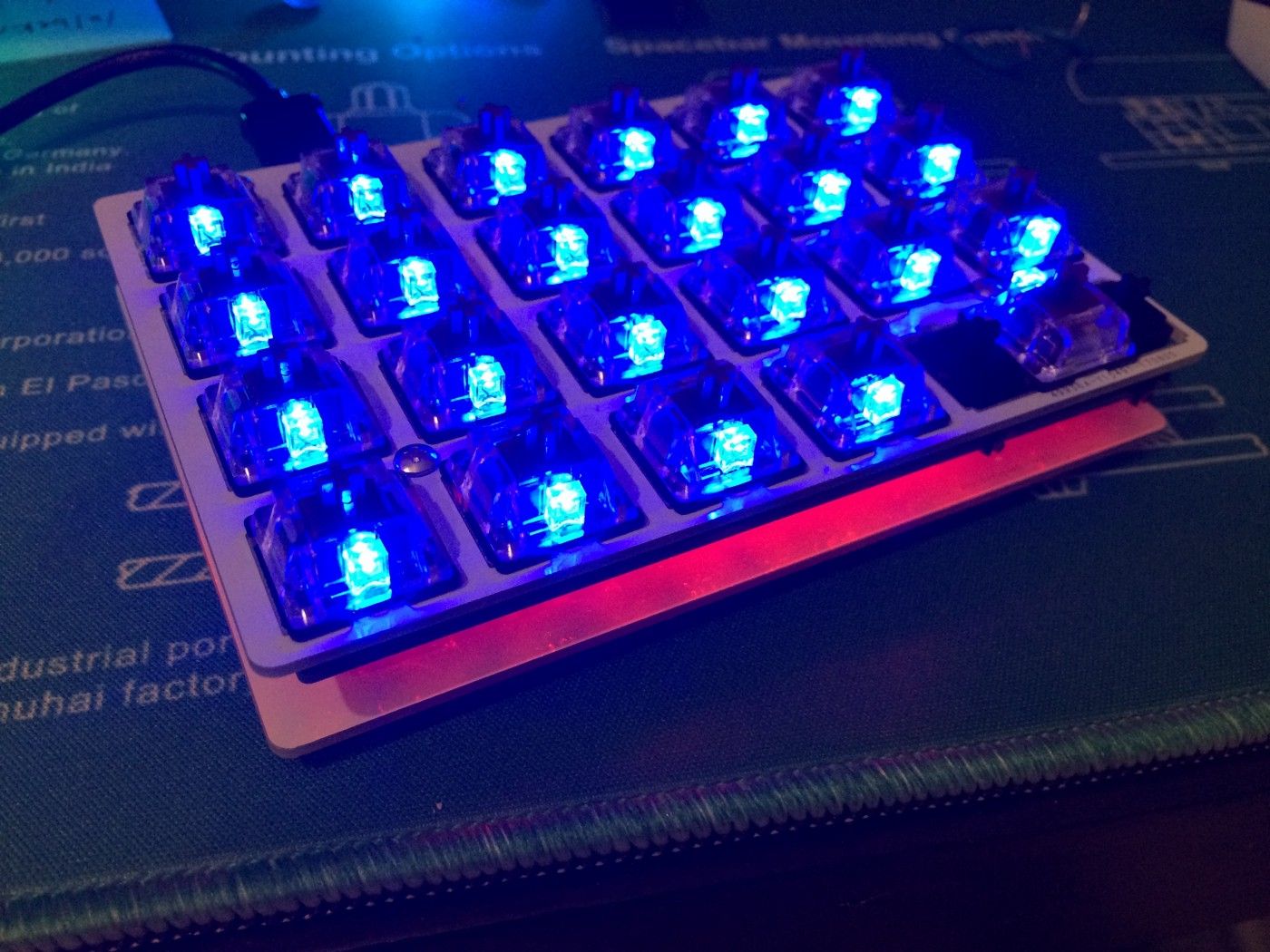
I’ll have kits available for the Levinson soon, which will include top and bottom PCB plates as well.
Viterbi — 5x7 Split Ortholinear
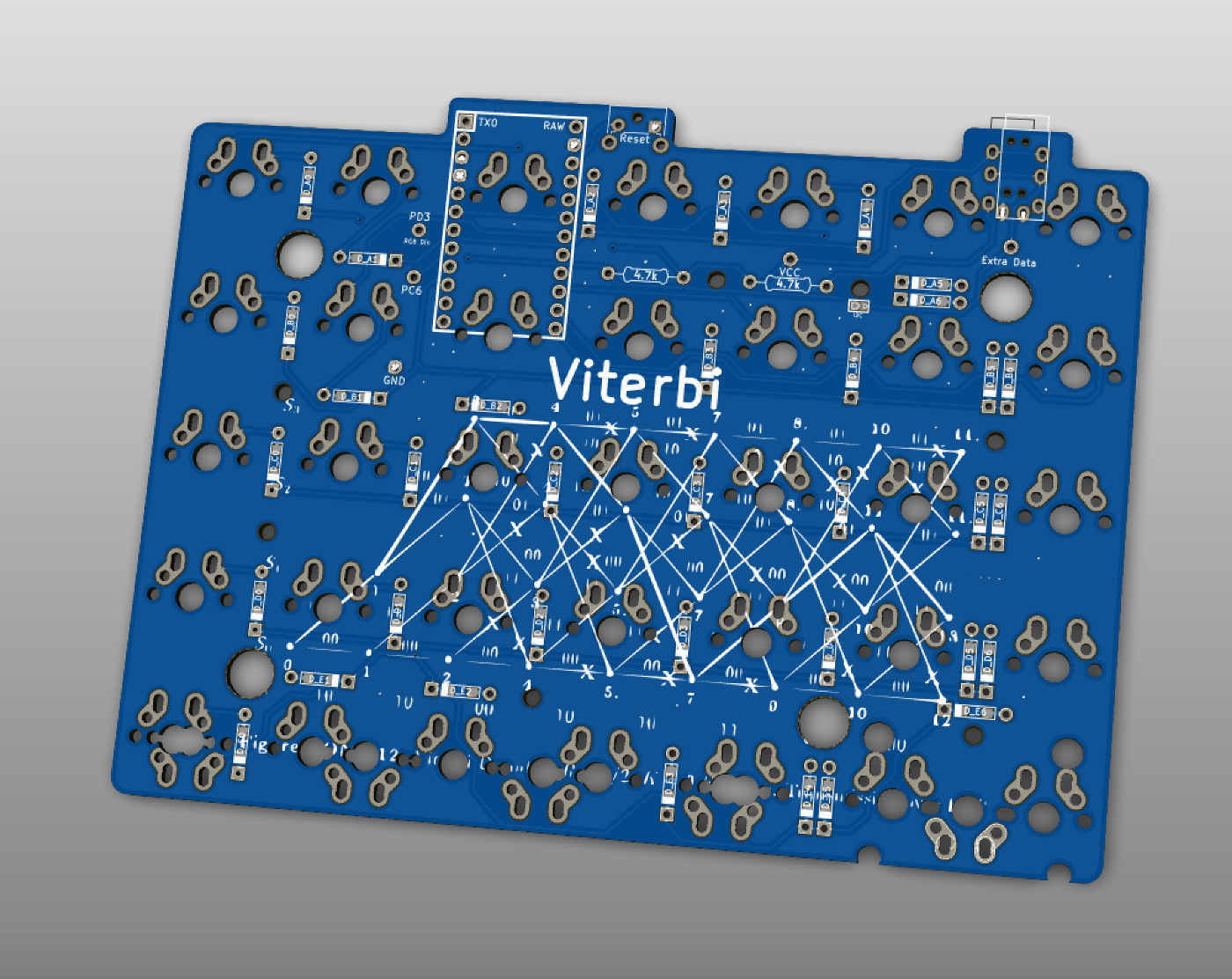
Another board that just came in is the first run of boards of the Viterbi, a 5x7 ortholinear board. Just like the Nyquist but with an additional column. The firmware has already been completed for it, and a test build needs to be done before releasing it.
As usual, the name comes from a signal processing algorithm, the Viterbi algorithm, which I used to use a lot to decode convolutional codes, taking 2n bits and getting n bits out of it. Kind of like taking info from two halves of a keyboard and combining it into one!
Iris — Ergodox-like keyboard
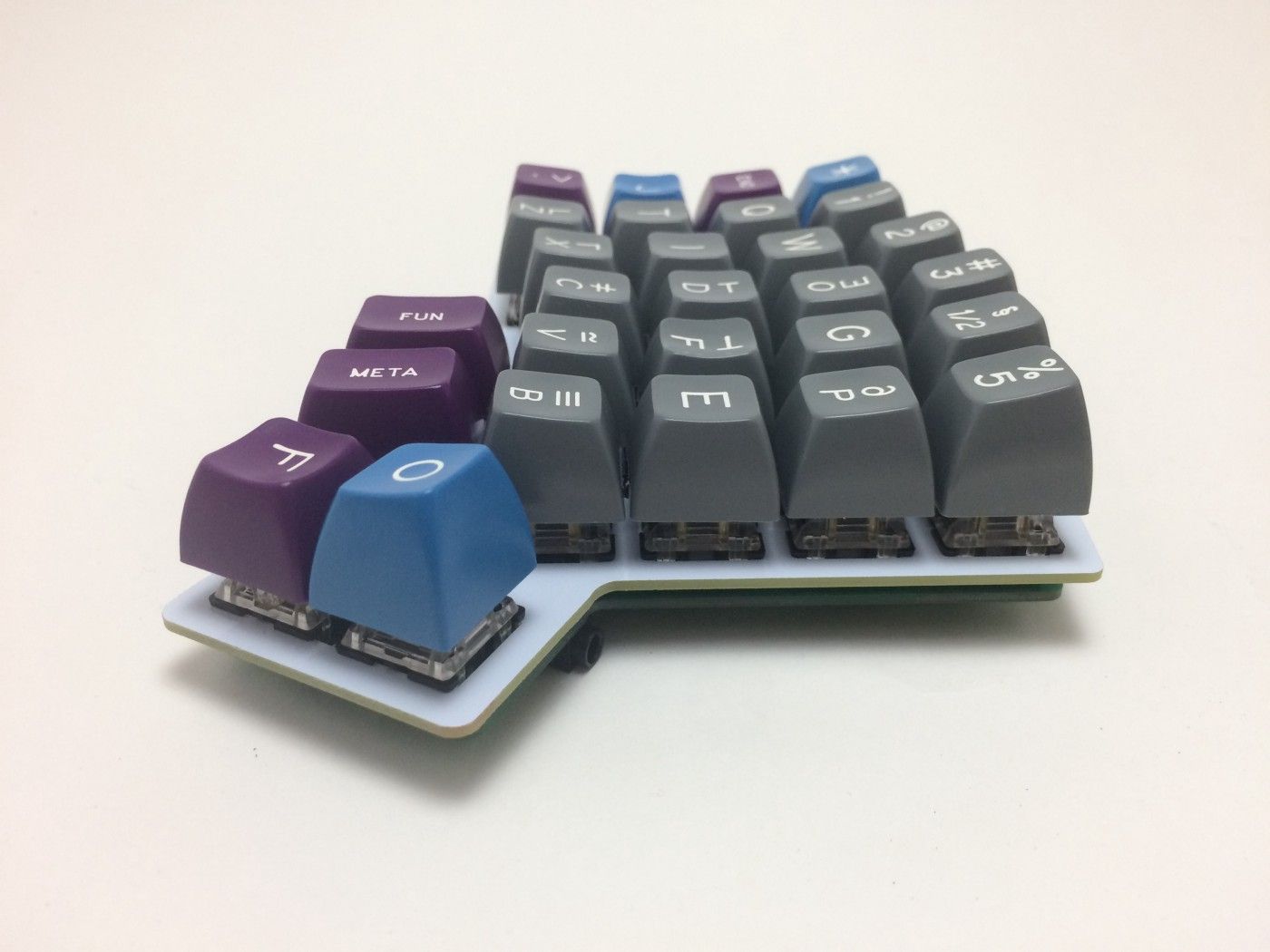
What is this? A glove, a paw? Nope it’s the Iris. This project wasn’t part of our original plans, but someone happened to want a PCB made of this design, and it was close enough to something I wanted to make. This split keyboard features 4x6 keys in a columnar stagger like the Ergodox and three thumb keys. The thumb key at the end can also be replaced by 2 1u keys.
And the name? I let the person who conceived of the layout idea choose the name, departing from the technical theme. Iris is the goddess of the rainbow and messenger of the gods. The curvature of the top row is something like a rainbow, and keyboards are used to send messages, so there we go.
This keyboard also has LED backlight support and breakout pins, in case you want to add RGB underglow and/or speaker.
I'm still working on the case design for it, so stay tuned.
QMK Work
Designing PCBs is not the only thing that needs to be done, as the firmware for these boards needs to be written too. I leverage the open-source QMK firmware, which many other boards use as well. There are some things I want to add to QMK once I get some more time to work on it.
Split keyboard consolidation
With the proliferation of new split keyboard designs based on the Let’s Split codebase, a bunch of code is being copied around. If something changes in one of those keyboard directories that could be useful to other split keyboards, the change isn’t applied however. I opened up an issue to discuss this and work towards moving split keyboard files to a common location. That way, it’ll be easier to make improvements to all split keyboards at once.
Here’s a link to the issue for it: https://github.com/qmk/qmk_firmware/issues/1600
Sending RGB strip data over I2C/TWI
Normally, to add an RGB strip to a split keyboard that uses a TRRS cable, on the master you have to wire up DOut a 4th pin on the TRRS jack and do the same with Din on the slave strip. This, however, restricts you to using serial communication between halves as that only needs 1 pin, whereas I2C needs 2 pins. 2 other pins are being used to pass VCC and GND.
To remedy this issue, the RGB strip data could be passed over I2C instead of directly sending it over the TRRS cable. This way, you’ll be able to wire each half the same exact way and be able to use I2C for future fun stuff like OLED displays, hooking up more pieces, etc.
Relevant GitHub issue: https://github.com/qmk/qmk_firmware/issues/773
Well, thanks for reading through this! If you’re interested in any of the boards, you can get more details on pricing, timelines, and such here: Split Keyboards Interest Check. Please let us know what you’d like.
If you’ve got any crazy ideas for keyboard designs you’d like to see, just let me know!
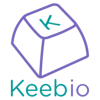
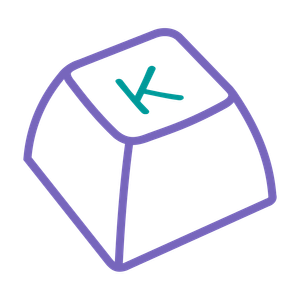
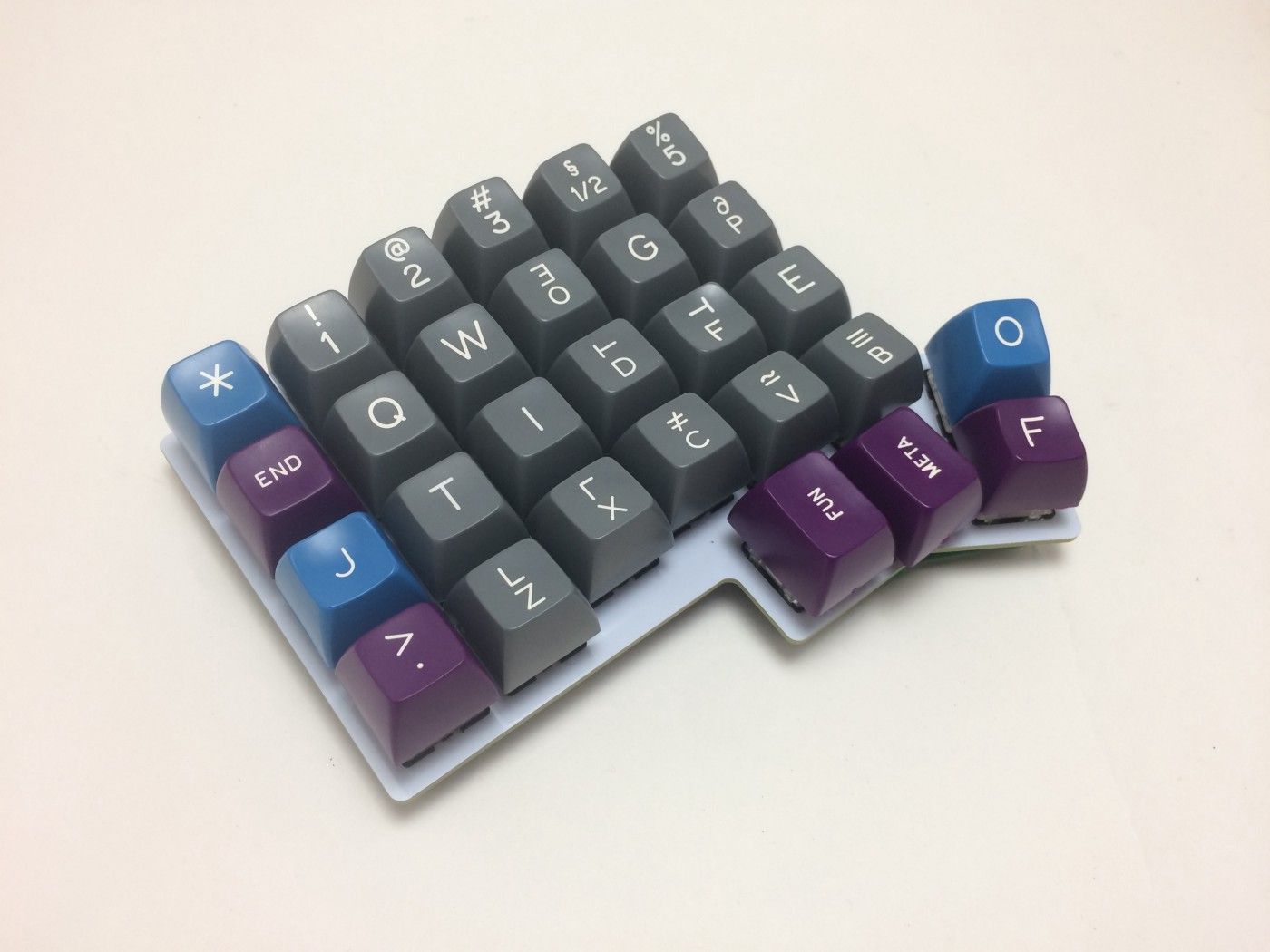
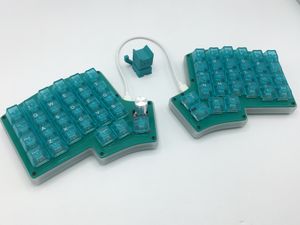
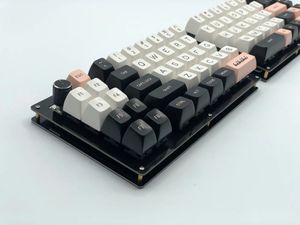
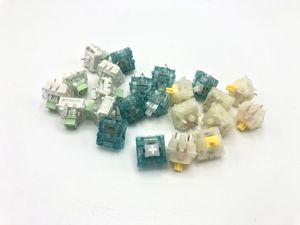
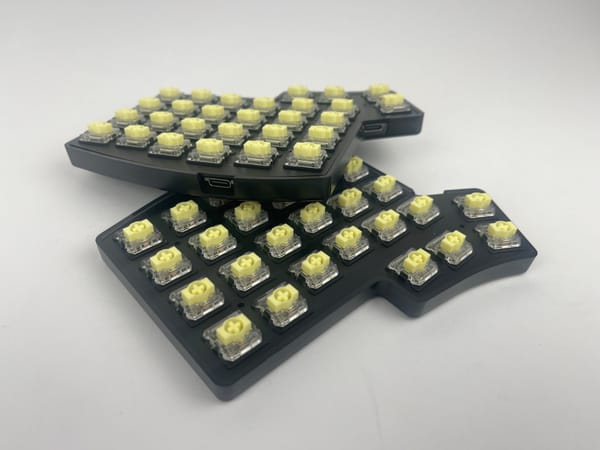
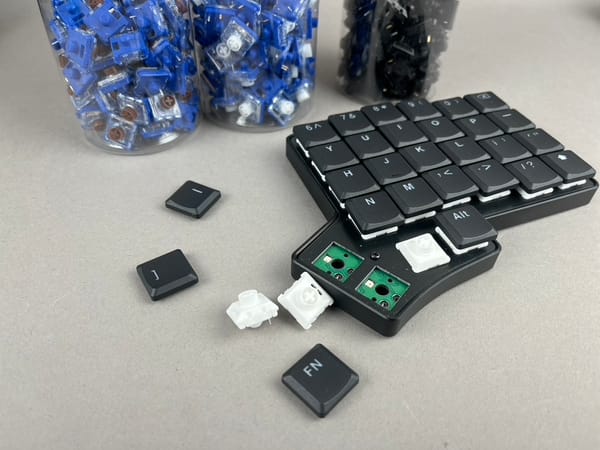
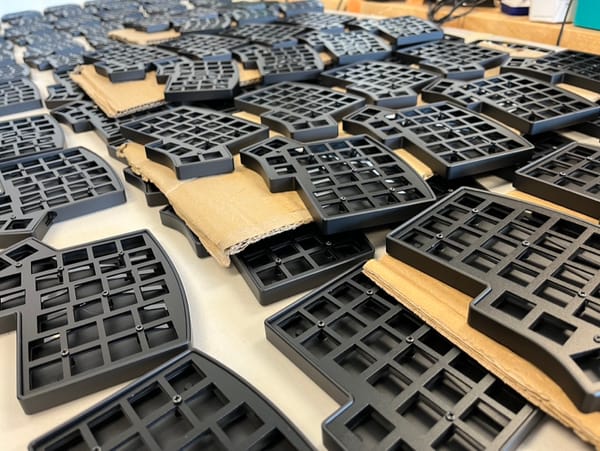


Member discussion